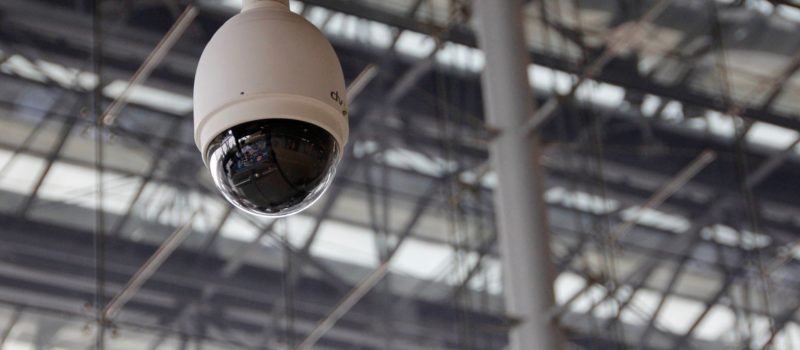- Home
- /
- Blog
- /
- Criminal Defense
- /
- Stingrays, part 1: Why...
Stingrays, part 1: Why are cell site simulators important — and worrisome?
Criminal Defense
Police across the country are increasingly relying on a controversial surveillance technology to monitor and apprehend suspects. But after recent court rulings, cops are on notice that they must operate within the bounds of the Constitution or risk having vital evidence dismissed.
The technology is cell site simulation, accomplished by use of “Stingrays,” named for the leading brand of the devices. These portable devices mimic cell phone towers, causing nearby cell phones to connect to them instead of towers. Communications pass through the Stingrays, allowing their presence and operation to remain transparent to the compromised users nearby. Police are then able to determine the locations of connected devices and, in some cases, observe the calls and text messages that pass through.
The devices cannot be configured to target only a suspect’s phone; instead, they target all phones within their signal range. Even in cases where police receive proper judicial approval for the use of Stingrays, connecting to and tracking innocent people’s phones raises important questions of privacy. But the troubling fact is that police in some cases do not even bother to obtain a warrant before using Stingrays to track suspects.
Many civil liberties advocates speculate that law enforcement may even be using cell site simulators to gather information on protestors at public gatherings, irrespective of whether any of them are suspected of any crimes. Actual evidence of this is scant, but if true, it would hardly be surprising given similar operations in the past. Last year, for example, The Intercept reported that the NYPD was engaged in surveillance of peaceful Black Lives Matters protests and kept files on individuals activists.
In our next post, we’ll explain how recent court rulings are keeping law enforcement’s use of cell site simulators in check.
